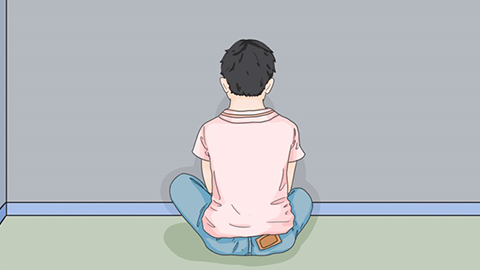What are the manifestations in a 17-year-old patient with autism?
The manifestations of 17-year-old autistic patients are mainly reflected in social communication difficulties, narrow interests, stereotyped behavioral patterns, sensory abnormalities, and emotional regulation challenges. These characteristics evolve with development and exhibit traits specific to this age group. A detailed analysis is as follows:

1. Social Communication Difficulties: They struggle to initiate interpersonal relationships and often avoid or fail to respond to peers' social invitations. During conversations, they lack eye contact, speak in a flat, monotonous tone, and have difficulty accurately understanding indirect expressions such as jokes or metaphors, leading to frequent misunderstandings. As a result, they find it hard to integrate into group activities.
2. Narrow Interests: They may exhibit extreme focus on specific subjects—for example, being deeply absorbed in disassembling mechanical parts or repeatedly studying particular formulas—devoting significant time to these activities. In contrast, they show little or no interest in popular culture or topics commonly discussed among peers, with extremely limited interests that are difficult to redirect.
3. Stereotyped Behaviors: They insist on rigid daily routines, such as taking the exact same route to and from school every day or using the same utensils for meals. Any disruption to these routines can trigger strong resistance. Repetitive movements, such as hand-flapping or body-spinning, may also be present and tend to increase during times of emotional stress.
4. Sensory Abnormalities: They display atypical responses to sensory stimuli. Some individuals may avoid bright lights or cover their ears and scream when hearing sounds like vacuum cleaners; others may show reduced sensitivity to pain, heat, or cold, exhibiting little reaction even after minor bumps or injuries.
5. Emotional Regulation Challenges: They experience intense emotional fluctuations that are difficult to control. Minor frustrations may trigger sudden outbursts of anger or crying, or they may remain in a low mood for extended periods. When facing pressures such as college entrance exams or future planning, they lack effective coping strategies, making them prone to impulsive behaviors or social withdrawal.
Families and schools should provide sufficient understanding and support, creating a stable and safe environment for living and learning. Professional rehabilitation training can help improve their social and daily living skills. Encouraging them to develop their unique interests and strengths will assist them in better adapting to life and building self-confidence.




